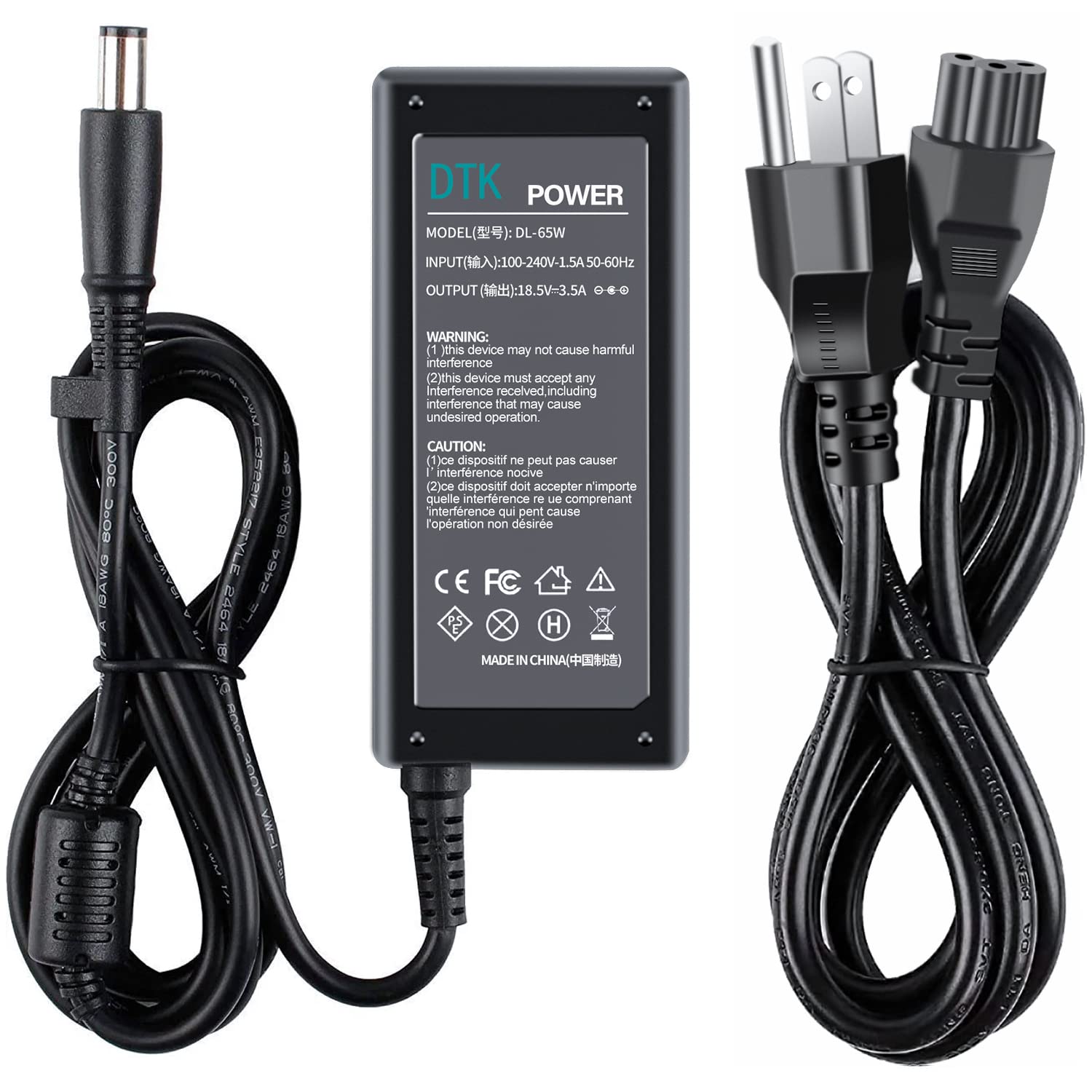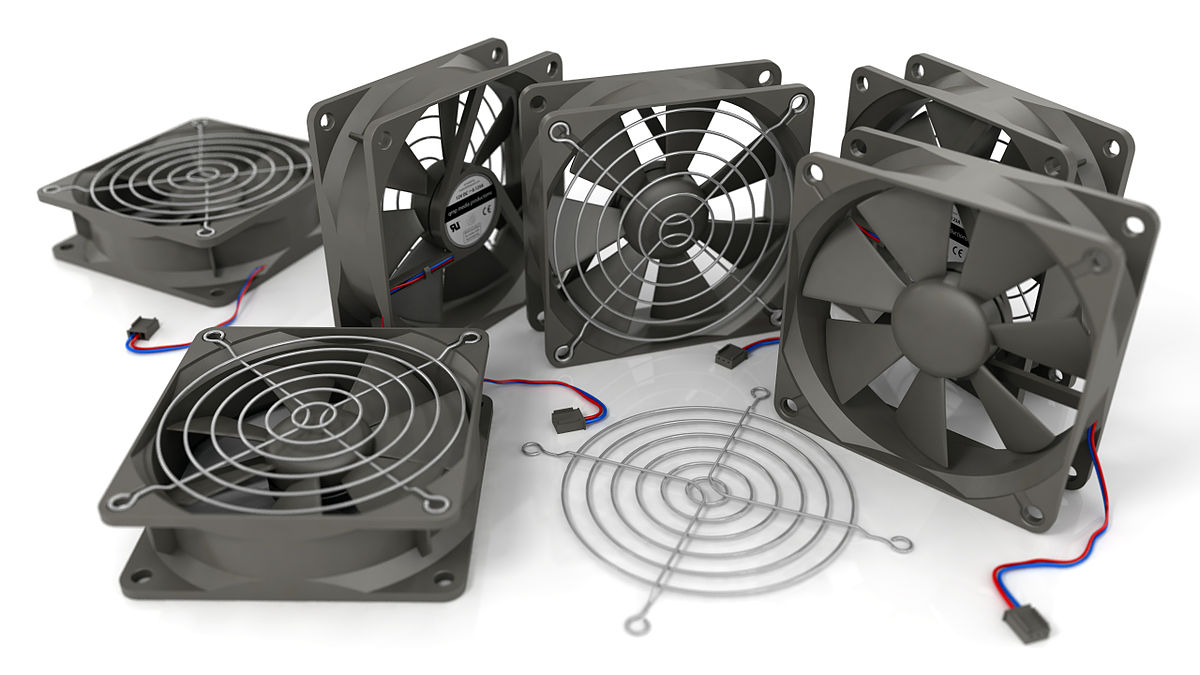Having trouble with your Acer laptop not turning on? Here’s a guide to help you troubleshoot the issue.
Troubleshooting Power and Battery Issues

If your Acer laptop won’t turn on, there may be power and battery issues that need troubleshooting. Here are some steps to help you resolve the problem:
1. Check the power source: Ensure that the laptop is properly connected to a power outlet using the AC adapter. Also, confirm that the power outlet is working by plugging in another device.
2. Inspect the AC adapter: Examine the AC adapter for any visible damage or loose connections. If there are any issues, consider replacing it with a compatible adapter.
3. Reset the battery: If your laptop has a removable battery, power off the device, remove the battery, and then press and hold the power button for 15-20 seconds. Reinsert the battery and try turning on the laptop.
4. Perform a hard reset: Disconnect any peripherals, remove the power adapter and battery, and then press and hold the power button for 30 seconds. Reconnect the power adapter and battery, and attempt to power on the laptop.
5. Try a different power outlet: Plug your laptop into a different power outlet to rule out any issues with the original power source.
6. Test with another AC adapter: If possible, borrow or use a different AC adapter to see if the problem lies with the original adapter.
7. Seek professional assistance: If none of the above steps work, it may be necessary to consult a professional technician or contact Acer support for further assistance.
Checking BIOS and Safe Mode Options
To troubleshoot an Acer laptop that won’t turn on, checking the BIOS and Safe Mode options can help identify and resolve the issue. Here’s a step-by-step guide:
1. Start by powering off the laptop completely.
2. Press the power button to turn on the laptop, and immediately start tapping the BIOS key repeatedly. The BIOS key varies depending on the Acer laptop model, but it is typically one of the following: F2, F10, Del, or Esc. Refer to your laptop’s manual or Acer’s website for the specific key.
3. This will take you to the BIOS setup utility. Use the arrow keys to navigate through the options and check if any settings seem incorrect or out of place. Make sure the boot sequence is set correctly, with the hard disk drive or solid-state drive as the primary boot device.
4. If everything appears to be in order in the BIOS, the next step is to try booting the laptop in Safe Mode. To do this, restart the laptop and press the F8 key repeatedly before the Windows logo appears. This should bring up the Advanced Boot Options menu.
5. In the Advanced Boot Options menu, use the arrow keys to select “Safe Mode” and press Enter. This will boot the laptop into Safe Mode, which loads only essential drivers and services.
6. Once in Safe Mode, observe if the laptop powers on properly. If it does, the issue may be caused by a recently installed application or driver. Uninstall any recently installed software or drivers, and then restart the laptop normally to see if the problem is resolved.
7. If the laptop still won’t turn on, it may be necessary to seek further assistance from Acer’s customer support or a professional technician. They can help diagnose and resolve any hardware-related issues that may be causing the problem.
By checking the BIOS settings and booting in Safe Mode, you can troubleshoot an Acer laptop that won’t turn on and potentially resolve the issue without the need for extensive technical knowledge or hardware replacements.
Cooling Down and Cleaning Strategies

1. Overheating can sometimes prevent an Acer laptop from turning on. To cool it down, follow these steps:
– Shut down the laptop and unplug it from the power source.
– Place the laptop on a cool, flat surface to allow for better airflow.
– Remove any external devices connected to the laptop, such as USB flash drives or external hard drives.
– Clean the laptop’s air vents and fan using compressed air or a soft brush to remove dust and debris. This helps improve airflow and prevent overheating.
– Once cleaned, wait for a few minutes to let the laptop cool down completely.
2. If cleaning the laptop didn’t solve the issue, you can try the following:
– Press and hold the power button for at least 10 seconds to discharge any residual power. Then, release the button.
– Connect the laptop to a power source and try turning it on again.
– If the laptop still won’t turn on, remove the battery (if it’s removable) and try turning it on with just the AC adapter connected.
– If the laptop turns on without the battery, it may indicate a faulty battery. Consider getting a replacement.
3. Cleaning the laptop’s internal components can also help resolve power issues:
– Make sure to turn off the laptop and unplug it from the power source before proceeding.
– Remove the laptop’s back panel (if possible) to access the internal components.
– Gently clean the RAM sticks and connectors using a soft, dry cloth or an eraser. This can help improve the connection and resolve power-related issues.
– Inspect the power button and its connections for any visible damage or loose connections. If necessary, consult a professional for repairs.
Hardware Checks: Monitor, RAM, and Thermal Paste
| Hardware Component | Description | Steps to Check | Result |
|---|---|---|---|
| Monitor | Check if the display is functioning properly. | Connect an external monitor and see if there is any display. | If the external monitor shows the display, the issue may be with the laptop’s internal display. |
| RAM | Check if the RAM modules are properly seated. | Remove and reinsert the RAM modules one by one. Ensure they are properly inserted into their slots. | If the laptop still doesn’t turn on, try using different RAM modules or test the existing modules on another compatible device. |
| Thermal Paste | Check if the thermal paste between the CPU and heatsink is dried out or insufficient. | Open the laptop and inspect the thermal paste. If it appears dry or insufficient, clean it off and apply a fresh layer. | Improper thermal paste application can cause overheating, which may prevent the laptop from turning on. |
By performing these hardware checks, you can narrow down the potential causes of your Acer laptop not turning on and take appropriate troubleshooting steps.
F.A.Qs
Where is the reset button on an Acer laptop?
The reset button on an Acer laptop can be accessed through the recovery environment. During startup, press Alt + F10 while the Acer splash screen appears. Then, click Troubleshoot and select Reset your PC from the menu. Choose whether to keep personal files or remove everything, and follow the on-screen instructions to reset the laptop to factory settings.
When I press Power button on laptop nothing happens?
When you press the Power button on your laptop and nothing happens, try unplugging the laptop and removing the battery (if possible). Hold down the power button for 30 seconds, then plug it back in and turn it on again. If this doesn’t resolve the issue, it could be a hardware problem and you should seek professional repair.
How do I start my Acer laptop when the screen is black?
To start your Acer laptop when the screen is black, try power cycling your laptop. Disconnect the power adapter and remove the battery (if possible). Press and hold the power button for about 30 seconds. Then, reinsert the battery (if applicable) and reconnect the power adapter. See if the screen comes back when you turn on the laptop.
How do I fix my Acer laptop that won’t turn on?
To fix an Acer laptop that won’t turn on, first, ensure that the laptop is connected to power and verify if it can receive power. Next, remove any external storage devices, docks, hubs, monitors, or other peripherals attached to the laptop. Try connecting an external display to see if there is any display output. Finally, leave the laptop connected to power for several hours, such as overnight, to see if it powers on.

